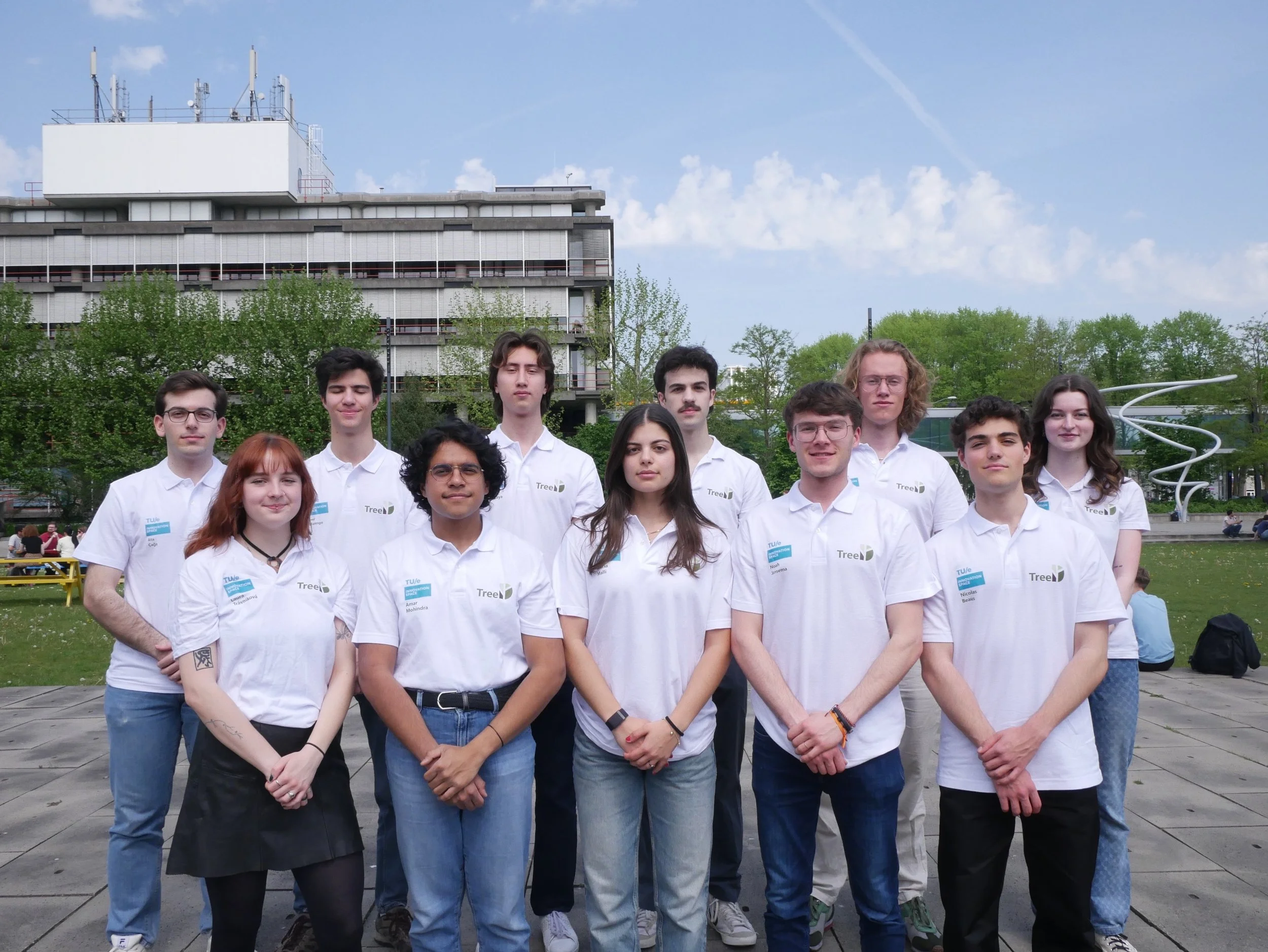Interdisciplinary Problem Solving
Expert insight is necessary when combining emerging technologies with complex systemic design challenges, especially in mobility. I recognise that I function best when connecting with experts and leveraging their insights to augment my design practice.
Project Two and the Digital Twins in Healthcare (DTiH) course revealed the profound impact of collaborating with government stakeholders. Engaging with policy specialists who have scientific backgrounds enriched my understanding and made my design more socially relevant (US). Working with construction stakeholders through the TreeD Honours/Student Team, where I worked alongside electrical, chemical, mechanical engineers and architects, and airport management during my internship, fostered an attitude open to non-design perspectives, enhancing my approach to practical execution (BE, TR). My internship, in particular, was transformative; integrating urban design and architecture methods into my practice taught me the importance of interdisciplinary collaboration (CA, TR). These experiences highlighted that openness to diverse perspectives enables me to learn and achieve more collectively than I could as a designer working in isolation (US, CA).
My FBP best exemplifies learning through multiple-stakeholder engagement. By creating a collaborative network of physicists, roboticists, and designers, I could better integrate engineering and design methodologies. Pitching the project in workshops and the Dutch Soft Robotics Symposium further taught me how to communicate research work and connect with experts (BE). Discussing my work through expert interviews across design disciplines showed me how new perspectives are necessary to find applications for fundamental research work.
Interdisciplinary problem-solving enriches my design practice by integrating diverse perspectives, fostering innovation, and ensuring holistic, socially relevant designs







